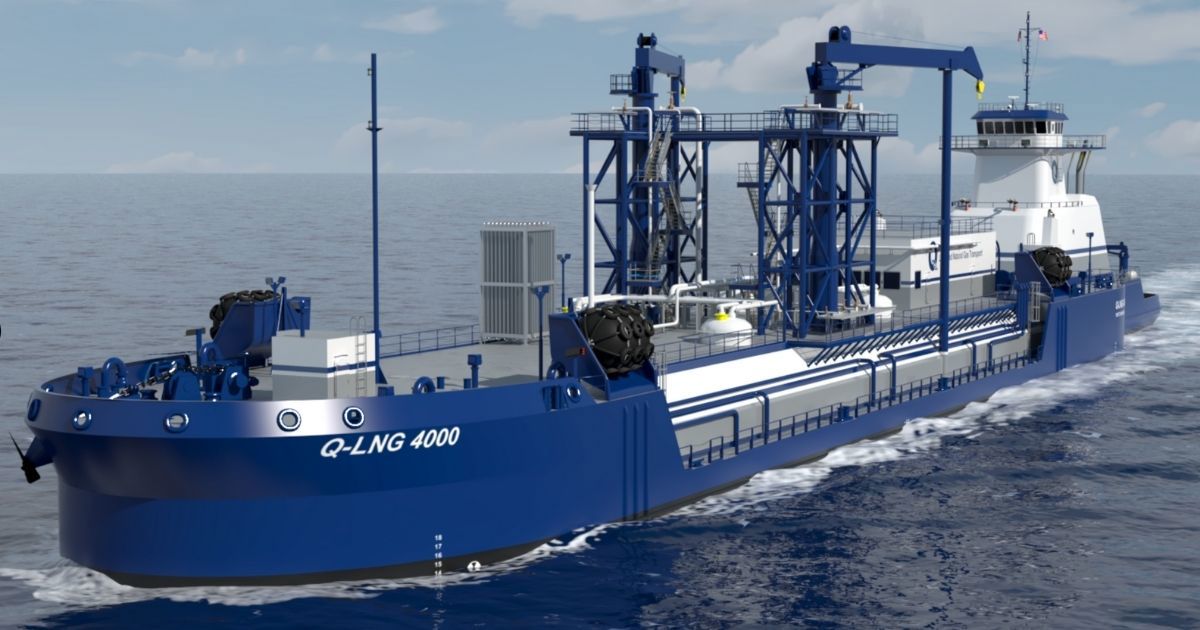LNG bunker demand to hit 16 million mt by 2030 – Shell
Global LNG bunker demand is projected to rise to around 16 million mt by 2030, Shell said.
 PHOTO: Shell's ocean-going LNG barge. X of @Shell
PHOTO: Shell's ocean-going LNG barge. X of @Shell
Oil and gas major Shell expects a chunk of this demand to come from container ships, followed by tankers and Ro-Ro vessels.
According to DNV data, the current LNG fleet is made up of 689 vessels, with another 182 vessels expected to join this year. Out of the current LNG fleet, 166 vessels are container ships, followed by crude oil tankers (78), chemical tankers (74) and car carriers (69).
Rotterdam’s fossil LNG sales increased to around 423,600 mt in 2024 from around 278,700 mt in 2023. LNG sales in Antwerp-Bruges hit a record high of 68,000 mt in 2024, up from 40,000 mt in 2023 and just 3,000 mt in 2022.
LNG bunker sales in the Port of Singapore skyrocketed by 318% in 2024, with an average of 1,300 mt/day sold, compared to around 300 mt/day in 2023 - marking a more than four-fold increase.
Shell also predicts that liquefied biomethane (LBM) will play a “growing role” in shipping, particularly as FuelEU Maritime targets tighten every five years starting in 2025. Rotterdam's blended LBM sales reached 1,000 mt in 2024, up from zero in 2023.
When used in an Otto medium-speed engine with a 3.1% methane slip instead of fossil LNG, LBM offers a theoretical pooling benefit of $546/mt under the FuelEU Maritime. Combined with EU ETS compliance savings, this reduces the real bunkering cost to $676/mt on a VLSFO-equivalent basis.
The pooling benefit increases further to $681/mt when LBM is used in a diesel slow-speed (SS) marine engine with a minimal methane slip of 0.2%, reducing the real bunkering cost to $541/mt.
This theoretical price advantage from lower methane slip also seems to underpin Shell's projection that 95% of LNG-capable vessels on order will have "lower-methane slip engines," compared to 65% of those currently in service.
The company estimates that the share of vessels with "higher-methane slip engines" will drop from around 35% today to just 5% in the coming years, as new LNG-capable ships enter the global fleet. But it has not specified how it defines "lower- and higher-methane slip engines" or the volume of LNG-capable vessel orders used in its calculations.
By Konica Bhatt
Please get in touch with comments or additional info to news@engine.online





